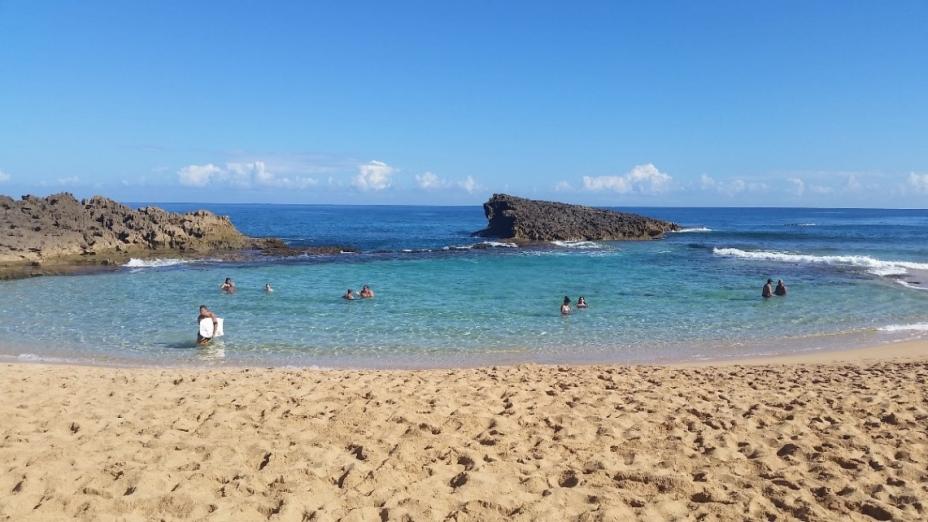News Releases from Region 02
EPA Plans to Award $316,000 to Puerto Rico for Beach Water Quality Monitoring
(New York, N.Y.) As tourism continues to recover in Puerto Rico after two devastating hurricanes, the U.S. Environmental Protection Agency plans to award up $316,000 to the Puerto Rico Environmental Quality Board (PREQB) to help protect beachgoers, contingent upon the number of eligible recipients that apply for grant funds nationwide and the availability of funding.
“Enjoying the beach is a quintessential pastime for Americans every summer,” said EPA Administrator Scott Pruitt. “Through EPA’s BEACH grants, we are ensuring communities across the country can keep their beaches safe and enjoyable for all.”
“Helping Puerto Rico recover from Hurricanes Irma and Maria remains a top priority,” said Regional Administrator Pete Lopez. “This grant supports the Puerto Rico Environmental Quality Board’s vital program to protect public health and the environment, even as it supports maintaining the Islands scenic beaches for tourism and the residents’ quality of life.”
PREQB is expected to receive $316,000 for the 2019 swimming season at 35 beaches throughout the island. After Hurricanes Irma and Maria, EPA supported PREQB’s efforts to restore its science laboratory to full capability for microbiological and chemistry analysis, which plays an integral role in collecting data for the beach monitoring program. Because Puerto Rico has no significant seasonal variability through the year, beach monitoring is conducted year-round.

Swimmers in Puerto Rico. Photo courtesy of the Puerto Rico Department of Natural and Environmental Resources.
Under the Beaches Environmental Assessment and Coastal Health (BEACH) Act, EPA awards grants to eligible state, territorial and tribal applicants to help them and their local government partners monitor water quality at coastal and Great Lakes beaches. When bacteria levels are too high for safe swimming, these agencies notify the public by posting beach warnings or closing the beach. Since 2002, state and local governments, territories, and tribes have used more than $157 million in EPA BEACH Act grants to monitor beaches for fecal indicator bacteria, maintain and operate public notification systems, identify local pollution sources, and report results of monitoring and notification activities to EPA. Grant funding under the BEACH ACT is part of a broader EPA effort to find and eliminate sources of water pollution that contribute to beach closures.
Puerto Rico’s beach monitoring notification data can be found at http://www2.pr.gov/agencias/jca/Pages/Monitor%C3%ADadePlayas.aspx
Follow EPA Region 2 on Twitter at http://twitter.com/eparegion2 and visit our Facebook page, http://facebook.com/eparegion2.
18-045
